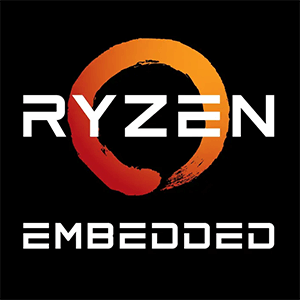Intel Celeron J3455E vs Intel Core i9 11900T
We compared two desktop CPUs: Intel Celeron J3455E with 4 cores 1.5GHz and Intel Core i9 11900T with 8 cores 1.5GHz . You will find out which processor performs better in benchmark tests, key specifications, power consumption and more.
Main Differences
Intel Celeron J3455E 's Advantages
Lower TDP (10W vs 35W)
Intel Core i9 11900T 's Advantages
Released 1 years and 8 months late
Higher specification of memory (3200 vs 2400)
Larger memory bandwidth (50GB/s vs 29.9GB/s)
Newer PCIe version (4.0 vs 2.0)
Score
Benchmark
Geekbench 6 Single Core
Intel Celeron J3455E
296
Intel Core i9 11900T
+642%
2198
Geekbench 6 Multi Core
Intel Celeron J3455E
848
Intel Core i9 11900T
+1020%
9505
Geekbench 5 Single Core
Intel Celeron J3455E
342
Intel Core i9 11900T
+399%
1709
Geekbench 5 Multi Core
Intel Celeron J3455E
1249
Intel Core i9 11900T
+562%
8272
Passmark CPU Single Core
Intel Celeron J3455E
836
Intel Core i9 11900T
+297%
3319
Passmark CPU Multi Core
Intel Celeron J3455E
2154
Intel Core i9 11900T
+746%
18237
General Parameters
Jul 2019
Release Date
Mar 2021
Intel
Manufacturer
Intel
Desktop
Type
Desktop
x86-64
Instruction Set
x86-64
Apollo Lake
Core Architecture
Rocket Lake
J3455E
Processor Number
i9-11900T
BGA-1296
Socket
LGA-1200
HD Graphics 500
Integrated Graphics
UHD Graphics 750
Package
14 nm
Manufacturing Process
14 nm
10 W
Power Consumption
35 W
105 °C
Peak Operating Temperature
100 °C
CPU Performance
4
Performance Cores
8
4
Performance Core Threads
16
1.5 GHz
Performance Core Base Frequency
1.5 GHz
2.3 GHz
Performance Core Turbo Frequency
4.9 GHz
4
Total Core Count
8
4
Total Thread Count
16
100 MHz
Bus Frequency
100 MHz
15x
Multiplier
15x
32 K per core
L1 Cache
64 K per core
2 MB shared
L2 Cache
512 K per core
-
L3 Cache
16 MB shared
No
Unlocked Multiplier
No
Memory Parameters
DDR3L-1866, LPDDR3-1866, LPDDR4-2400
Memory Types
DDR4-3200
8 GB
Max Memory Size
128 GB
2
Max Memory Channels
2
29.9 GB/s
Max Memory Bandwidth
50 GB/s
No
ECC Memory Support
No
Graphics Card Parameters
true
Integrated Graphics
true
-
GPU Base Frequency
300 MHz
750 MHz
GPU Max Dynamic Frequency
1300 MHz
-
Shader Units
256
-
Texture Units
64
-
Raster Operation Units
32
-
Execution Units
32
-
Power Consumption
15 W
-
Max Resolution
3840x2160 - 60 Hz
-
Graphics Performance
0.46 TFLOPS







